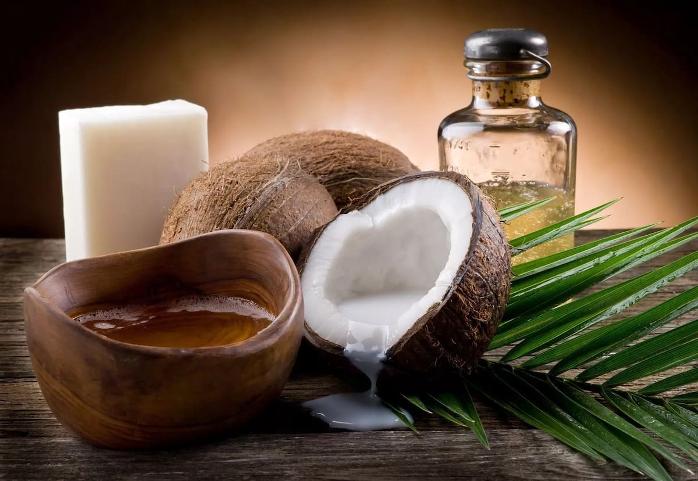Porosity refers to the hair's ability to absorb and retain moisture. It is determined by the hair's cuticle layer, which can be more open (high porosity) or tightly closed (low porosity). Finding the right balance in your hair care routine is essential, especially when it comes to using porosity-reducing ingredients for high porosity hair. Here's how to do it:
1. Understanding Your Hair Porosity:
- Perform a simple porosity test to identify whether your hair is low, normal, or high porosity. One common method is the water test: Place a strand of clean hair in a bowl of water, and observe how it behaves. High porosity hair will sink quickly, low porosity hair will float, and normal porosity hair will sink slowly.
2. Porosity-Reducing Ingredients for High Porosity Hair:
-
Proteins: High porosity hair often benefits from protein treatments. Proteins help fill gaps in the hair's cuticle, making it more compact and less prone to moisture loss. Look for ingredients like hydrolyzed keratin, collagen, or silk protein in your hair products.
-
Humectants: Humectants attract and retain moisture from the environment, which can be helpful for high porosity hair that tends to lose moisture easily. Common humectants include glycerin, aloe vera, and honey. However, use humectants with caution in dry or low-humidity conditions, as they might draw moisture away from the hair.
-
Emollients and Oils: Use emollients and natural oils to seal moisture into the hair shaft and reduce porosity. Oils like jojoba, argan, and coconut oil can help prevent moisture loss and maintain hydration.
3. Finding Balance:
-
Moderation: While high porosity hair benefits from some porosity-reducing ingredients, it's essential not to overuse them. Too much protein, for example, can lead to stiffness and breakage. Find the right balance based on your hair's specific needs.
-
Deep Conditioning: Regular deep conditioning treatments can help maintain moisture and strengthen high porosity hair. Choose protein-free, deep-conditioning masks and apply them regularly to restore and nourish the hair.
-
Leave-In Conditioner: After washing your hair, apply a leave-in conditioner to help retain moisture and protect your hair from environmental stressors.
-
Protective Styling: Consider protective hairstyles that minimize exposure to external factors and reduce moisture loss.
-
Avoid Heat and Chemical Damage: High porosity hair is more susceptible to damage, so avoid excessive heat styling and harsh chemical treatments that can worsen the porosity.
4. Regular Trims:
- High porosity hair tends to have split ends and breakage. Regular trims every 6-8 weeks can help keep the ends healthy and prevent further damage.
5. Patience and Adaptation:
- Finding the right balance for your hair may take some trial and error. Pay attention to how your hair responds to different products and ingredients, and adjust your routine accordingly.
6. Consider Professional Advice:
- If you're struggling to find the right balance or address specific hair concerns, consider consulting a professional hairstylist or trichologist for personalized recommendations.
Remember that each individual's hair is unique, so what works for one person may not work for another. Be patient with your hair and try different approaches until you find the best routine that keeps your high porosity hair healthy, hydrated, and balanced.





